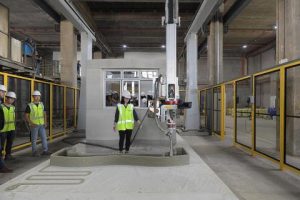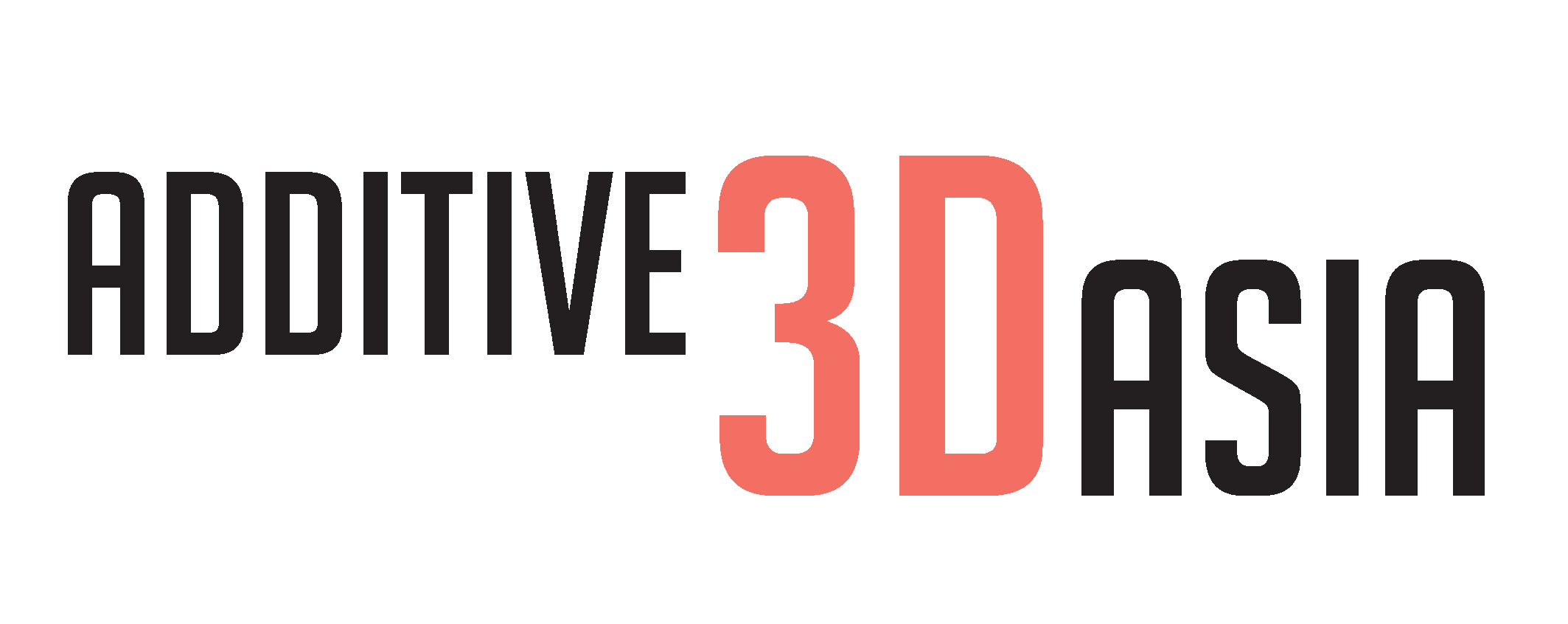Singapore: 3D Printing in HDB Projects for the first time
3D printing in Singapore HDB flats could be seen for the first time in its upcoming projects. The advanced technology can build landscape furniture and architectural features. This includes items such as a bench or a pavilion.
3D printing can help reduce time, cost and labour for HDB projects. In addition, it increases the potential for more unconventional designs and traditional precast methods.
This is part of an attempt by HDB to improve productivity amid sluggish productivity growth in the construction industry.
Testings Conducted at the HDB Centre of Building Research

Ongoing testing in 3D concrete printing is being conducted at the HDB Centre of Building Research. The centre has a printer capable of building components up to 9m long by 3.5m wide by 3.8m tall. This printer is the largest 3D printer in South-East Asia. It has successfully printed a room measuring 3.6m by 3m by 2.75m in 13 hours in August. The total cost of the printer and its installation works out to be $900,000.
3D Printing in HDB Flats Promising, But Fine-Tuning Needed
Despite promising concept ideas, further research and fine-tuning need to be done. This is to determine whether 3D printing high-rise public flats could be a possibility in the future. An important study would be whether the structural integrity of 3D-printed components can remain intact over a long period and in Singapore’s climate.
Mr Heru Soedarsono, deputy director of Building Design & Precast System at HDB, said:
“The use of 3D concrete printing has opening up new and exciting possibilities for the future of construction.”
“Architect and designers would have more free play in their designs, greater flexibility, and since the printing process is highly automated, that reduces the dependency on manual labour.
He added that 3D printing is still relatively new, hence the HDB will continue to work with industry experts to explore its potential.
The whole process of building the 3D printed room took about six days. This is inclusive of manual insertion of steel reinforcement bars into the structure and fitting in windows and a door.
This appears considerably shorter than the two months taken by the conventional method of precast production. The HDB said that fabricating the precast mould alone takes up to two months, excluding time to design it.
Furthermore, it is costly to fabricate new moulds, and each mould set will eventually lose form over time. On the other hand, here is no need for moulds in 3D printing.
For a start, the HDB will trial the use of 3D printing in smaller components such as landscape furniture and architectural features in common areas at upcoming public housing projects.
The HDB is collaborating with local prefabrication company Robin Village Development, Dutch engineering firm Witteveen+Bos and the Nanyang Technological University to explore concrete 3D printing’s potential.
Source: The Straits Times.

